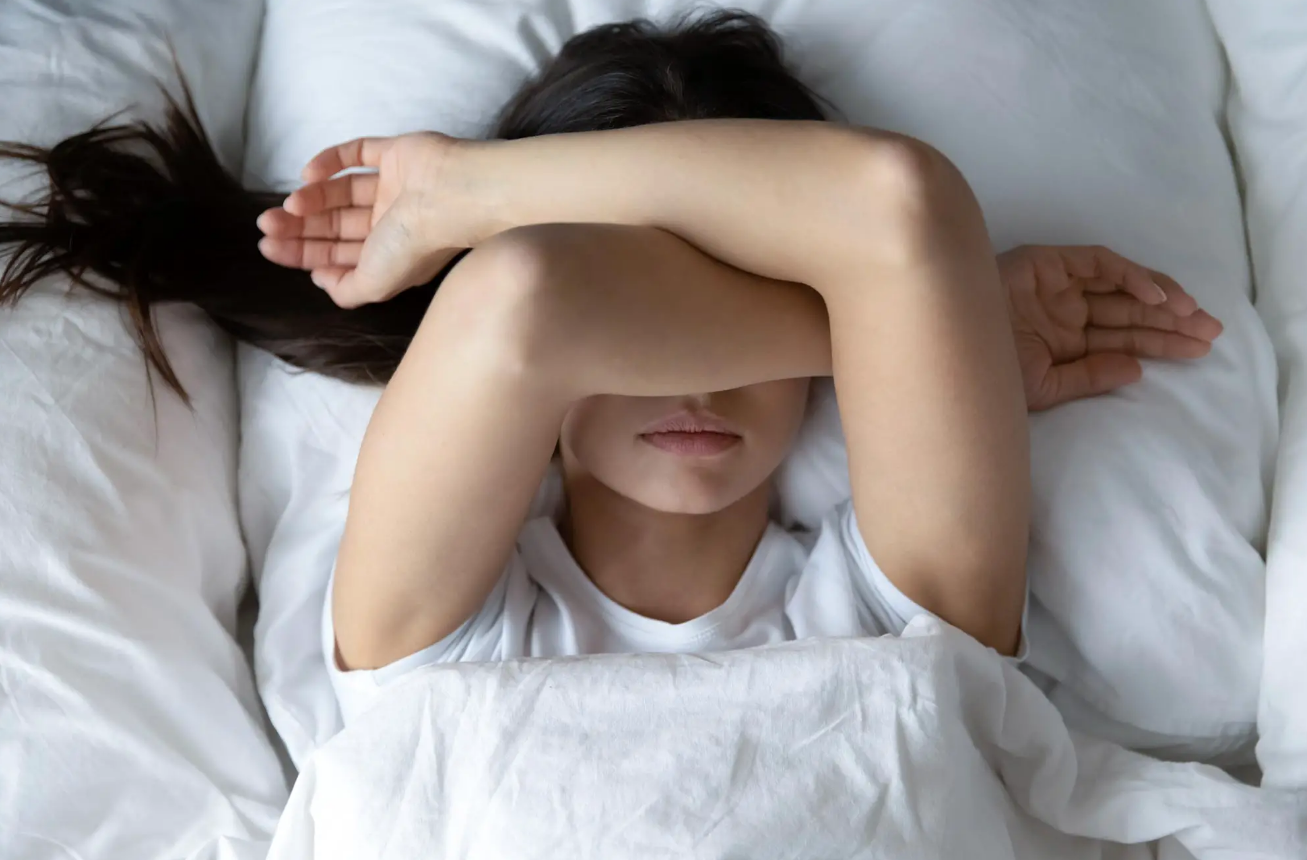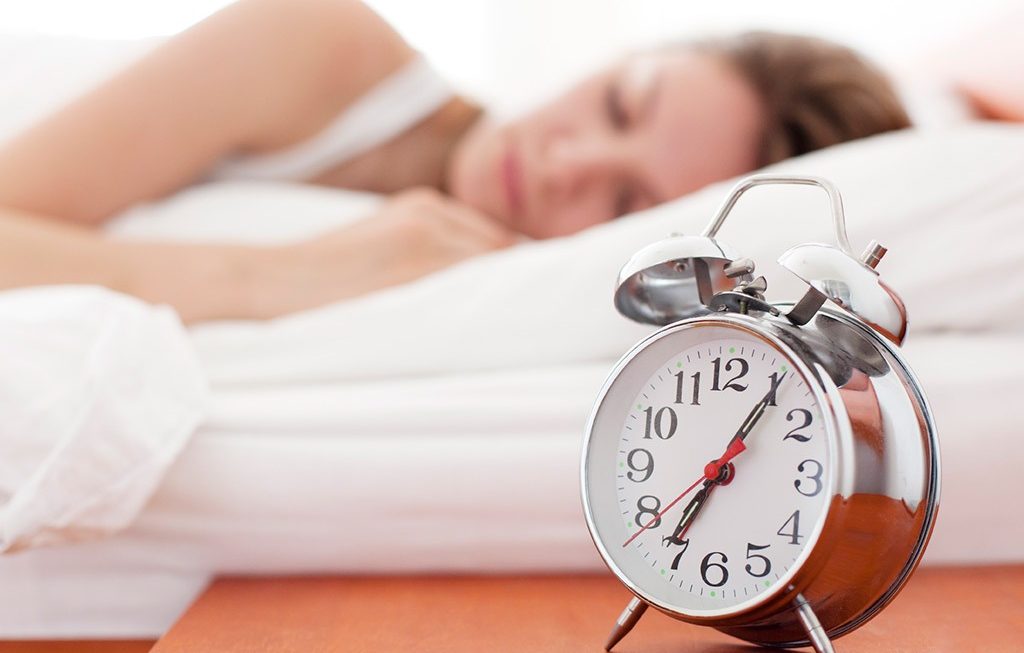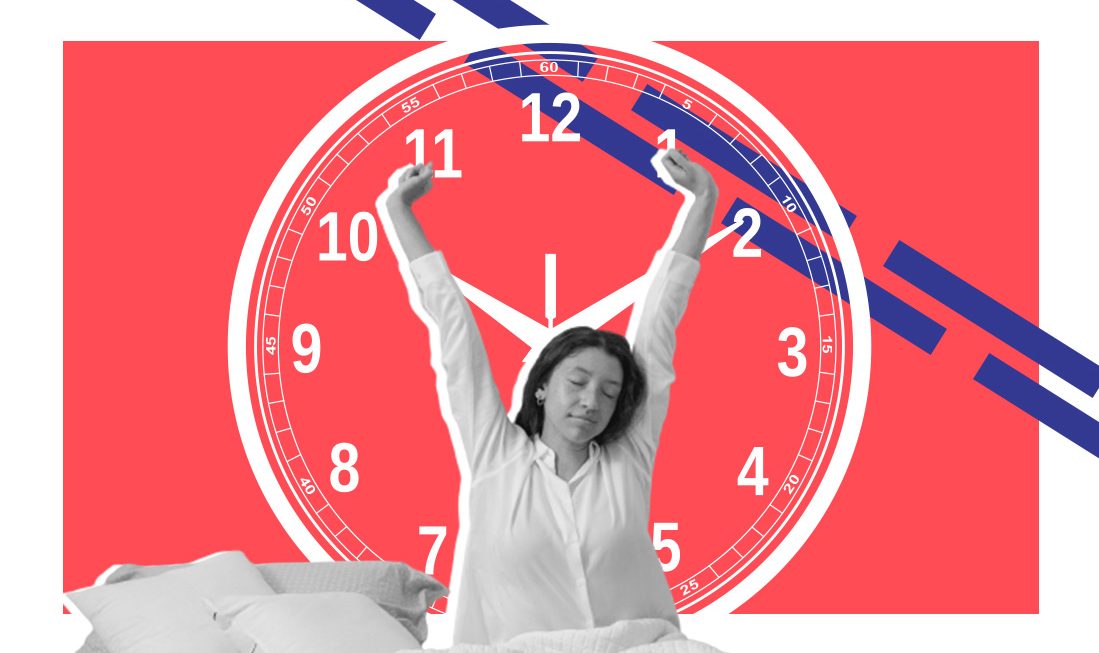We often hear about the importance of getting a good night’s sleep in a dark and quiet environment. However, recent studies have shown that sleeping with the lights on can increase the risk of various health issues, including diabetes, cancer, and depression. In this blog post, we will explore the science behind the dangers of sleeping with the lights on and discuss tips for improving sleep hygiene.
The Science Behind Sleeping with the Lights On
Our bodies are hardwired to respond to natural light cycles. Exposure to light, particularly blue light emitted by electronic devices, can disrupt our natural sleep-wake cycles by suppressing the secretion of melatonin, a hormone that regulates sleep. When melatonin levels are low or disrupted, it can significantly impact our health in a number of ways:
1.Increased Risk of Diabetes
Research has shown that sleeping with the lights on, even low-level night lights or the glow of electronic devices, can disrupt melatonin secretion, which can lead to insulin resistance and an increased risk of developing type 2 diabetes.
2.Increased Risk of Cancer
Studies have also found that exposure to light at night can increase the risk of cancer, particularly breast cancer. This is because melatonin helps to suppress the growth of cancer cells, and low melatonin secretion can contribute to uncontrolled cellular division and tumor growth.
3.Increased Risk of Depression
In addition to its effects on diabetes and cancer risk, low melatonin secretion is also a risk factor for depression. Studies have found that people with seasonal affective disorder (SAD) experience an improvement in symptoms with light therapy, indicating that exposure to light plays a significant role in regulating mood.
Improving Sleep Hygiene
Improving your sleep hygiene can help reduce your risk of the negative effects of exposure to light at night. Here are some tips that can help:
1. Darken Your Sleep Environment
Eliminate all sources of light from your sleeping environment, including electronic devices and night lights. Consider using blackout curtains or wearing an eye mask to block out any external sources of light.
2. Create a Relaxing Sleep Environment
Make sure your sleeping environment is quiet, cool, and comfortable. Use comfortable bedding, and consider using a white noise machine to help block out any external noises.
3. Establish a Regular Sleep Schedule
Try to go to bed and wake up at the same time every day, even on weekends. This helps to regulate your body’s natural sleep-wake cycles.
4. Limit Electronic Device Use Before Bed
Avoid using electronic devices for at least 30 minutes before bedtime to reduce exposure to blue light, which can suppress melatonin secretion.

5. Use Red or Amber-Colored Night Lights
If you must use a night light, choose one that emits red or amber light, which has less impact on melatonin secretion.
Sleeping with the lights on, or even low-level exposure to light at night, can have negative effects on our health and well-being, including an increased risk of diabetes, cancer, and depression. By taking steps to reduce exposure to light at night and practicing good sleep hygiene, we can improve our overall health and well-being. As always, if you are struggling with sleep or other health issues, it’s essential to consult with a healthcare professional.












